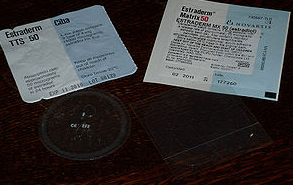Hormone replacement therapy side effects are commonly associated with: preparations taken orally; the use of progestins rather than progesterone; and...

Hormone replacement therapy side effects are commonly associated with: preparations taken orally; the use of progestins rather than progesterone; and...
© 2025 jackomd180. All rights reserved.